


I started working with the Executive MBA program at Loyola Marymount University (LMU) in Los Angeles about 12 years ago. Bill Lindsey, the founder and at that time Director of the program hired me to help develop and manage their Executive MBA trips including arranging for speakers, logistics, hotels, local transportation, etc. It proved to be a good relationship for both sides and I have continued to assist them. Over the last 12 years we have visited India, Russia, China, Korea, Singapore, Thailand, Cambodia, Vietnam and many other locations.
In 2015, Dr. Richard Stafford, the current Director of the program, came to me and asked if I could help him arrange a trip to Cuba and one other Caribbean or Central American location. I pointed out that I was no expert on this region. Dr. Stafford said he understood this but I was an expert on the LMU EMBA trip requirements after so many years. He also said that because of my diplomatic experience and work at supporting US Presidential trips all over the world I knew my way around in countries that were less travelled by Americans. Dr. Stafford said that the situation was changing in Cuba quickly and he thought that it would be a fascinating and educational country to visit. I thought about his proposal and was intrigued with the opportunity to visit Cuba, a country I had never visited. I therefore called him back and agreed to work on the trip.
In early November, 2015, Dr. Stafford, Dr. Jeffery Gale, an LMU professor in the program, Martin (Marty) Lopez and myself all travelled to Cuba. Marty and I first met about 8-9 years ago. Marty was in LMU Emba 5 class and had travelled with me to Vietnam on an LMU EMBA trip in Vietnam. Marty impressed me with his entrepreneurial spirit and after he graduated in 2006 he continued to keep in touch and talk to me about Cuba. Marty’s mother was born in Cuba. His mother left Cuba in 1961. She left on a tourist visa to the United States and was essentially not allowed to return. She was the only sibling out of eight that left the island. She settled in Los Angeles and raised Marty and his sister. Marty’s first visit to Cuba was in 1998 and he had visited many times since. Marty realized that the trade embargo prohibited business relations but within the regulations continued to look for longer term opportunities in Cuba as he and I both agreed that the trade embargo would eventually be lifted. Richard and I thought Marty could be a good help to our efforts because he understood Cuban Culture and spoke Spanish fluently. He also had met and developed friendships with the Cuba Emprende organization and the Catholic Church. The archdiocese sponsored the first ever MBA program for Cubans and Marty had met several of these MBAs and kept in touch.
During our first visit to Cuba, we travelled via Miami and took a charter flight to Havana. In Havana our trip was supported by the major Havana tour operator and by a government group that arranged speakers and helped pair up companies. We stayed at the Capri Hotel, which had recently been renovated. We spent a week and through our trip sponsors and on our own were able to work out a very good series of meetings and to get a good feel for Havana, Varadero, a nearby tourism area, and the immediate area.
Loyola Marymount University(LMU) EMBA Visit to Cuba and Costa Rica
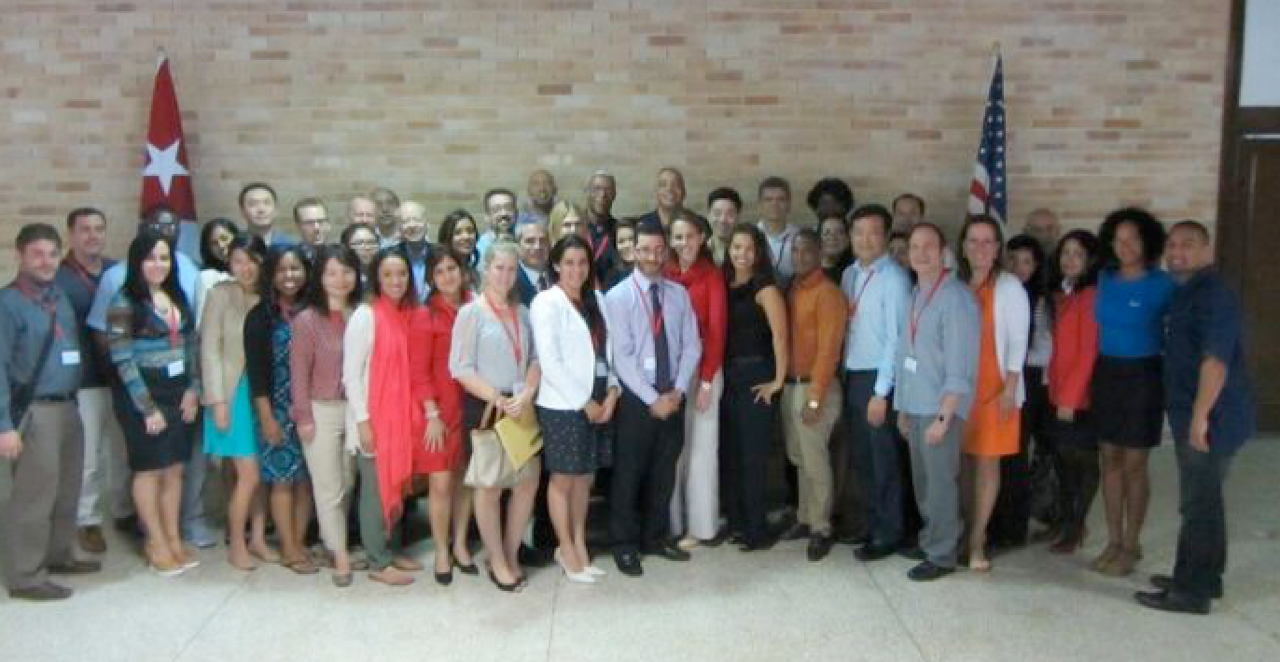
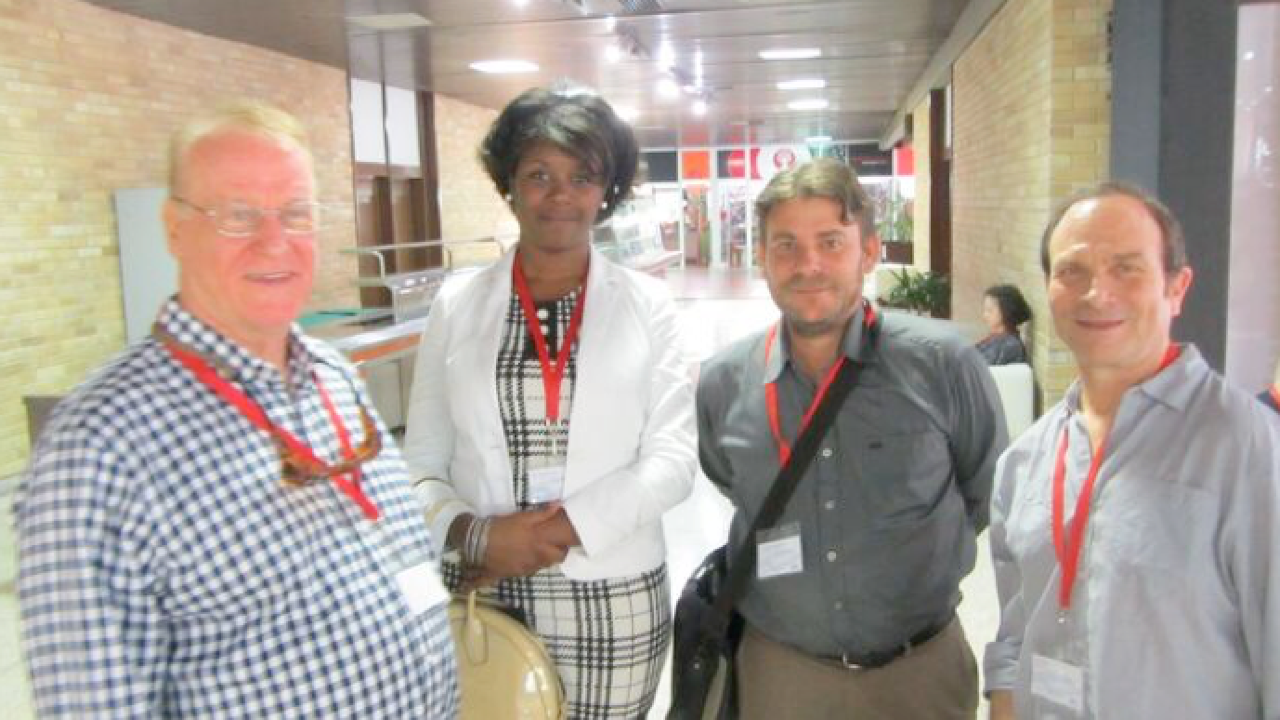
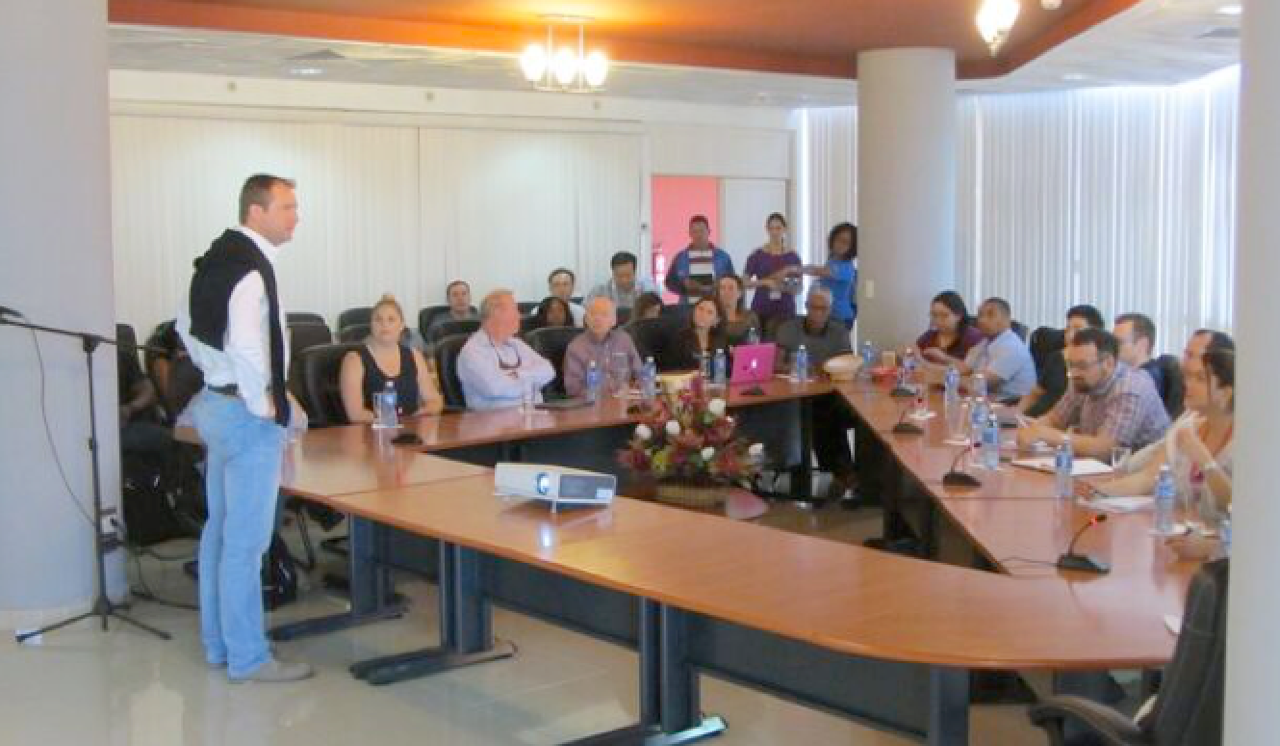
We were welcomed to Cuba by Mr. David Rodriquez Sierra, our local host for the visit. We then had presentations by former Minister Jose Luis Rodriquez Garcia on the Cuban Economy and FDI outlook. Minister Garcia had previously served as Minister in two different Cuban ministry’s and was well informed and a good speaker to introduce this subject. We was followed by Gregory Biniowsky, a Canadian Lawyer, who spoke on Challenges to Doing Business in Cuba. After lunch at another Paladar, we had a presentation on Cuban history and culture at the Museum of the Revolution and then toured this facility.
Unfortunately one of our EMBAs had developed a medical condition that caused her to be hospitalized and in the afternoon we dealt with this. Cuba has very good doctors and there is an excellent hospital where most expatriates are treated. Marty and Shelley Wells, program manager for the LMU EMBA program, took the brunt of the work here. Fortunately, however, everything worked out and the EMBA was later released after an overnight hospitalization and morning medical procedure. She then was able to rejoin the trip and attend all meetings.
That night Marty arranged a reception at a local residence for the EMBA to meet Cuban entrepreneurs and to enjoy a little of Cuban life and culture. This proved to be a great opportunity for both sides and was much enjoyed as well as building many new friendships and professional contacts. The next day was focussed on tourism with presentations by the faculty of the University of Havana and then a presentation by the Ministry of Tourism and afternoon meetings with all the major Cuban hotel chains to discuss tourism opportunities.
Four TCM cranes, able to support up to 85 tones, operate on the 702 meter (maximum length 2,400 meters) dock.
The next day we travelled to the Terminal Container Port at Mariel and met with the Manager of the Terminal, Charles Baker, who briefed us on the port and the surrounding industrial park and facilities. We then met with a Cuban artist who discussed the changing Havana art scene and in the afternoon toured Old Havana.
The next morning we had a presentation on the Cigar industry before individual research and meetings. On Friday(our sixth day in Cuba) we travelled to the Varadero peninsula, one of the key tourism areas in Cuba for a look at this highly developed area and for a meeting with local hotel groups. Many of the resorts here are inclusive resorts that include all meals and drinks. This was a new concept to many of the group and offered a different model for us to consider.
On Saturday, March 12 we flew to Costa Rica through Panama City. After clearing customs and immigration in San Jose, we met our new guide and transferred to the Hilton Garden Inn SJO, an excellent new hotel in the downtown area.
On Sunday we travelled to the Arenal Volcano and to the La Fortuna waterfall before stopping for lunch and a look at rural life in Costa Rica Vida Campesina.
Charles Baker, Director, of the Mariel Container Terminal S.A. Port speaks to the EMBAs.
The container port received over 300,000 TEUs in 2015 and is growing to be a major Caribbean port of transport.
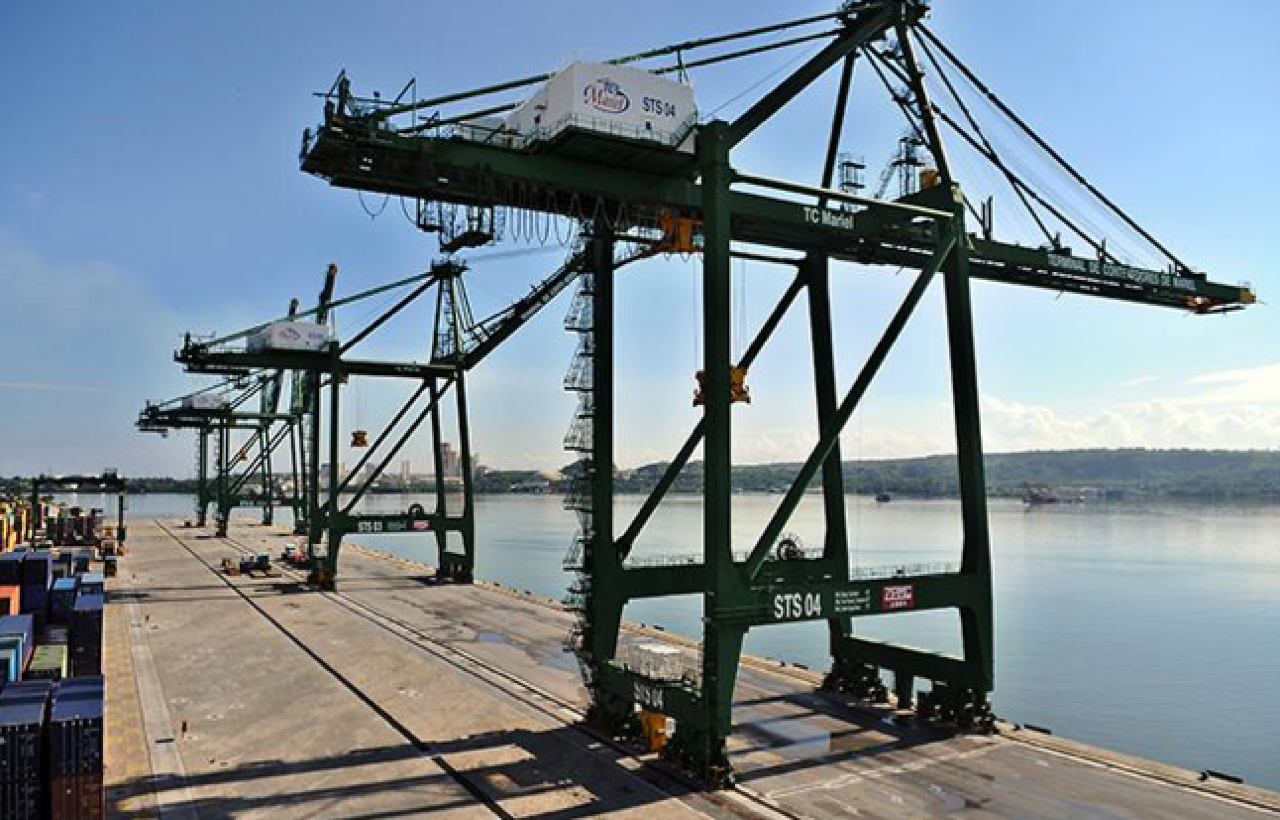
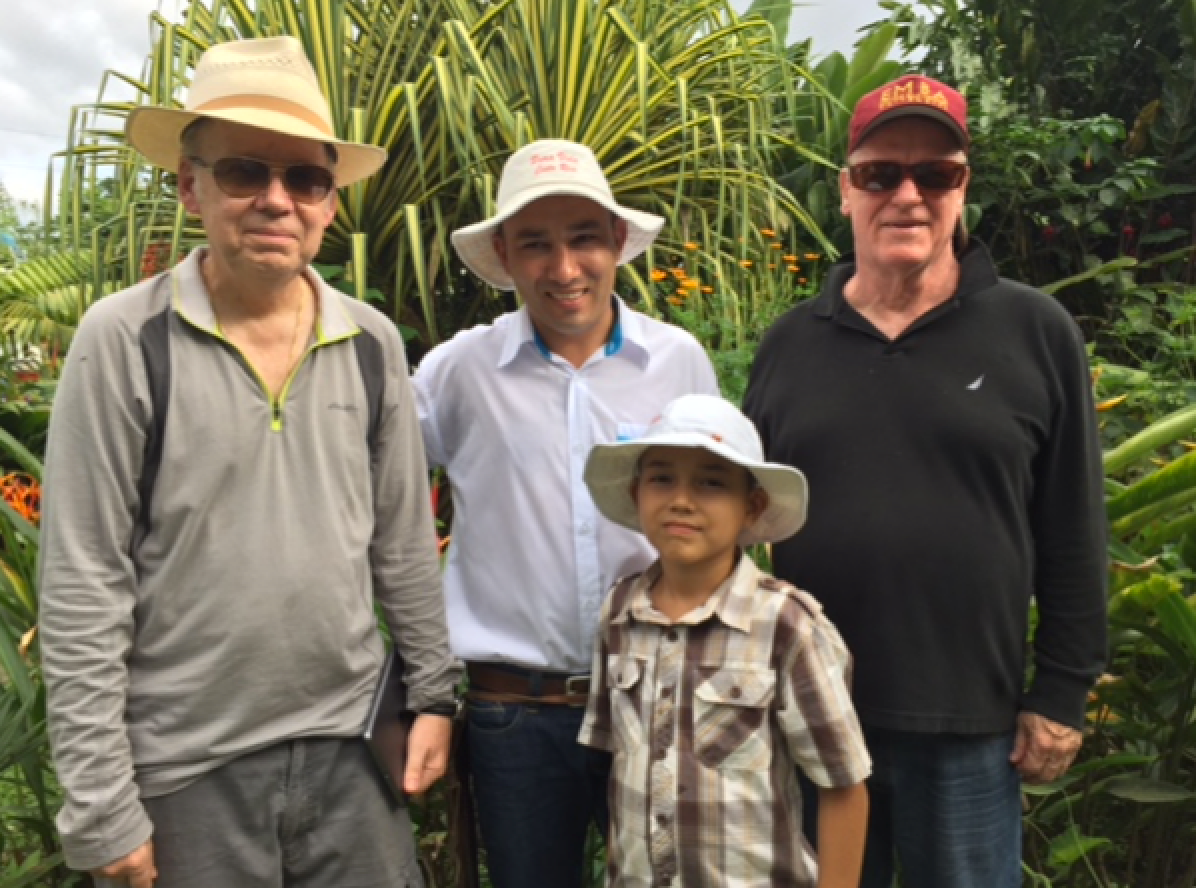
The Manager of La Campesina and his son in Costa Rica with Dr. Stafford and the author.
On Monday- Wednesday we had a series of presentations by Costa Rica's experienced and professional tourism sector. The Ministry of Tourism, CINDE, the country’s investment promotion group, the President and CEO of the Cayuga Collection, a grouping of sustainable hotels, the US Embassy and the US Chamber of Commerce all spoke with the group and pointed out why Costa Rica is such a success in the hospitality and tourism field.
Ten days passed quickly and all too soon most of us were at the Airport waiting for our flights back to the U.S. I think for all of us though both Cuba and Costa Rica were enjoyable and eye opening experiences. Cuba has a lot of opportunities for further development of its tourism sector. Americans will both enjoy and learn much in a visit to Cuba. Further we came away from our visit in Costa Rica with the view that Cuba could learn a lot from Costa Rica’s experience. Also, based on the standard we saw in Costa Rica, Cuba needs to do much more to improve and enhance its own tourism infrastructure and service offering if it is to build a repeat business.
We returned to the US and started looking for an industry to focus upon. One of the strengths of the LMU program is that each year they choose an industry to focus on for their EMBA trip projects. I think this adds a realistic challenge for the new EMBAs. It also makes things more interesting for me as it has challenged me to learn about many new industries in researching speakers and trying to design with the LMU staff the trip parameters. We ultimately all agreed that tourism and hospitality would be one area that Cuba had much potential to develop and that this should be our focus. We also chose Costa Rica as our secondary visit country as Costa Rica has a well developed sustainable, wildlife, adventure and environmental tourism business and these are all areas that we felt Cuba might seek in the future to develop.
Throughout November-early March 2016 I worked with the hosts in Cuba and with our tour provider in the U.S. to ensure logistics and a high quality speaker program. Dr. Stafford, Dr. Gale and myself often reviewed the work on securing speakers and made suggestions and pointed out issues needing attention. On March 5, 2016 I flew to Panama City, Panama and met the LMU staff and EMBAs. The next day we flew to Havana. For this our second visit, we were staying in the Havana Libre Hotel, which was formerly the Havana Hilton. Following our November visit, the Melia Hotel group from Spain had assumed management of the hotel. The Melia was trying to upgrade the hotel and its management but it was obvious that this was still a work in progress as the hotel elevators and many other core functions were still under renovation. Generally most of the travelers in our group loved Cuba but the hotel was not one of the high points of their reviews.
That evening we had our kickoff dinner at the La Maraleja Paladar where we had an excellent dinner with excellent service. Paladar’s are private homes that have been converted to restaurants. There are a growing number of them and they provide in many cases excellent food and service that is equivalent to better locations worldwide. We had expected to have our meetings in the Havana Libre Hotel meeting rooms but the Cuban and US government had decided that the Havana Libre would become the Press Hotel for President Obama’s upcoming trip and consequentially the hotel was renovating the rooms and we were moved to the Havana Convention Palace, a convention center and adjoining hotel. Our first two days of meetings were at this center and it proved quite satisfactory for this purpose.
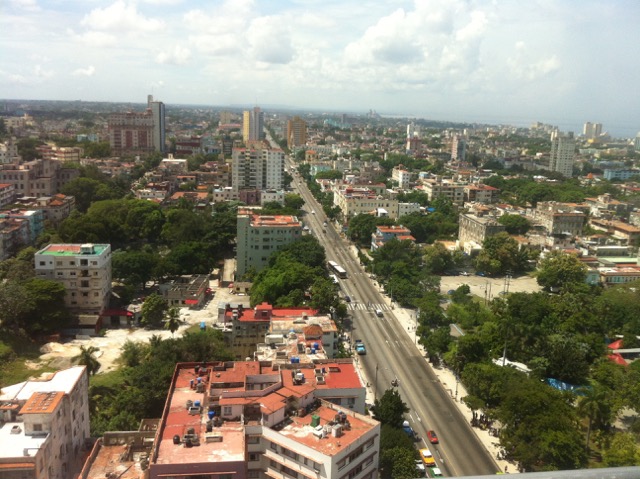
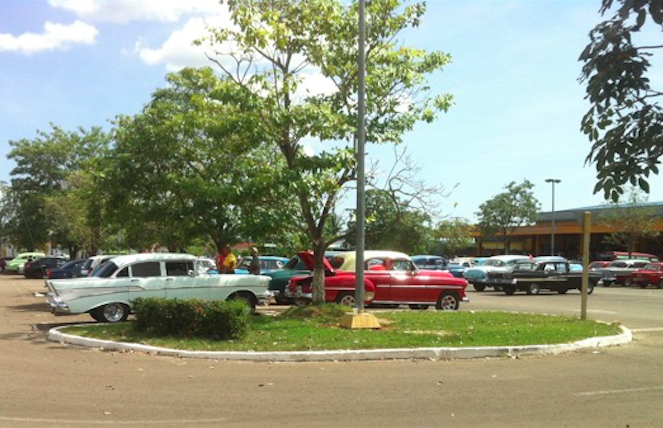
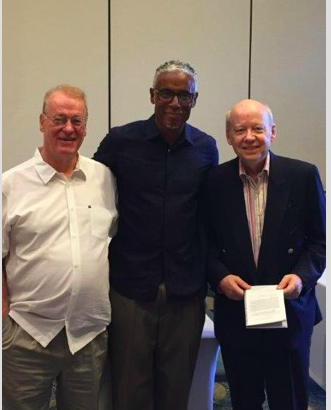
WWW.BUSINESS-IN-ASIA.COM
Follow us on Twitter: @InsightNewsAsia
Copyright © 2016: Runckel & Associates, Inc
Visit our other website: Asia-Art.net


|
|